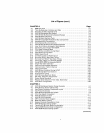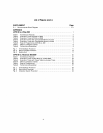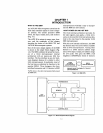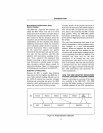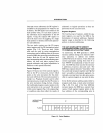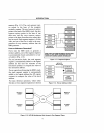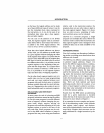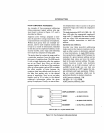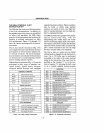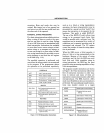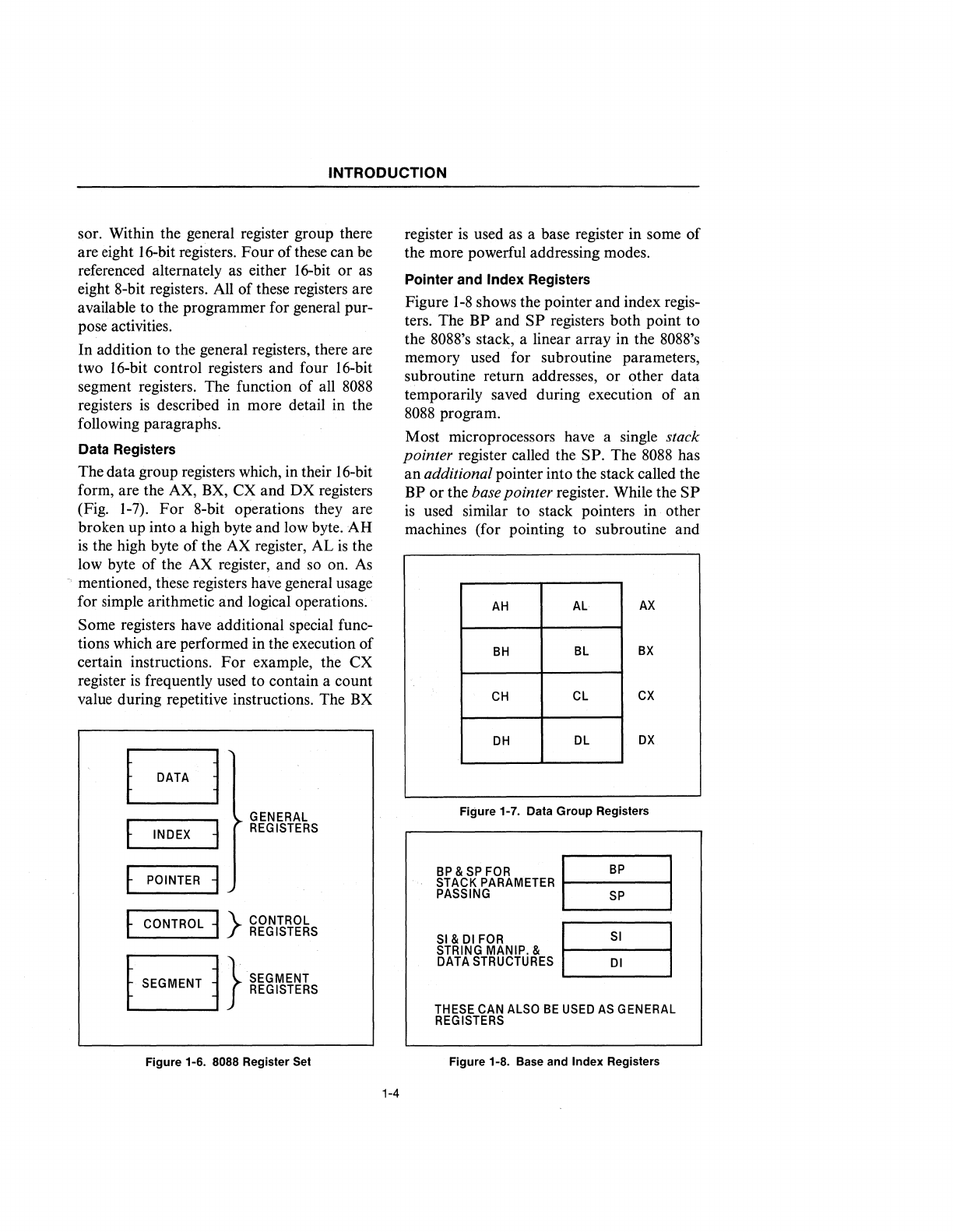
INTRODUCTION
sor. Within the general register group there
are eight 16-bit registers.
Four
of these can be
referenced alternately as either 16-bit or as
eight 8-bit registers. All of these registers are
available to the programmer for general pur-
pose activities.
In addition to the general registers, there are
two 16-bit control registers and four 16-bit
segment registers. The function of all
8088
registers
is
described in more detail in the
following paragraphs.
Data Registers
The data group registers which, in their 16-bit
form, are the AX, BX,
ex and DX registers
(Fig.
1-7).
For
8-bit operations they are
broken up into a high byte and low byte.
AH
is
the high byte of the AX register, AL
is
the
low byte of the AX register, and so on.
As
, mentioned, these registers have general usage
for simple arithmetic and logical operations.
Some registers have additional special func-
tions which are performed in the execution of
certain instructions.
For
example, the ex
register
is
frequently used to contain a count
value during repetitive instructions. The
BX
f INDEX
~
f POINTER
~
GENERAL
REGISTERS
f CONTROL
~
}
~~~11~~ks
B}
'
SEGMENT
SEGMENT
REGISTERS
Figure 1-6. 8088 Register Set
1-4
register
is
used as a base register in some of
the more powerful addressing modes.
Pointer and Index Registers
Figure
1-8
shows the pointer and index regis-
ters. The
BP and
SP
registers both point to
the
8088's stack, a linear array in the 8088's
memory used
for
subroutine parameters,
subroutine return addresses, or other data
temporarily saved during execution of an
8088
program.
Most microprocessors have a single
stack
pointer register called the SP. The
8088
has
an
additional pointer into the stack called the
BP or the base pointer register. While the
SP
is
used similar to stack pointers in other
machines (for pointing to subroutine and
AH
AL
AX
BH
BL
BX
CH
CL
CX
DH
DL
OX
Figure 1-7. Data Group Registers
BP
& SP FOR ffip
STACK PARAMETER
PASSING SP
SI&
01
FOR
88
1
STRING MANIP.
&
DATA
STRUCTURES
01
THESE CAN ALSO
BE
USED AS GENERAL
REGISTERS
Figure 1-8. Base and Index Registers




